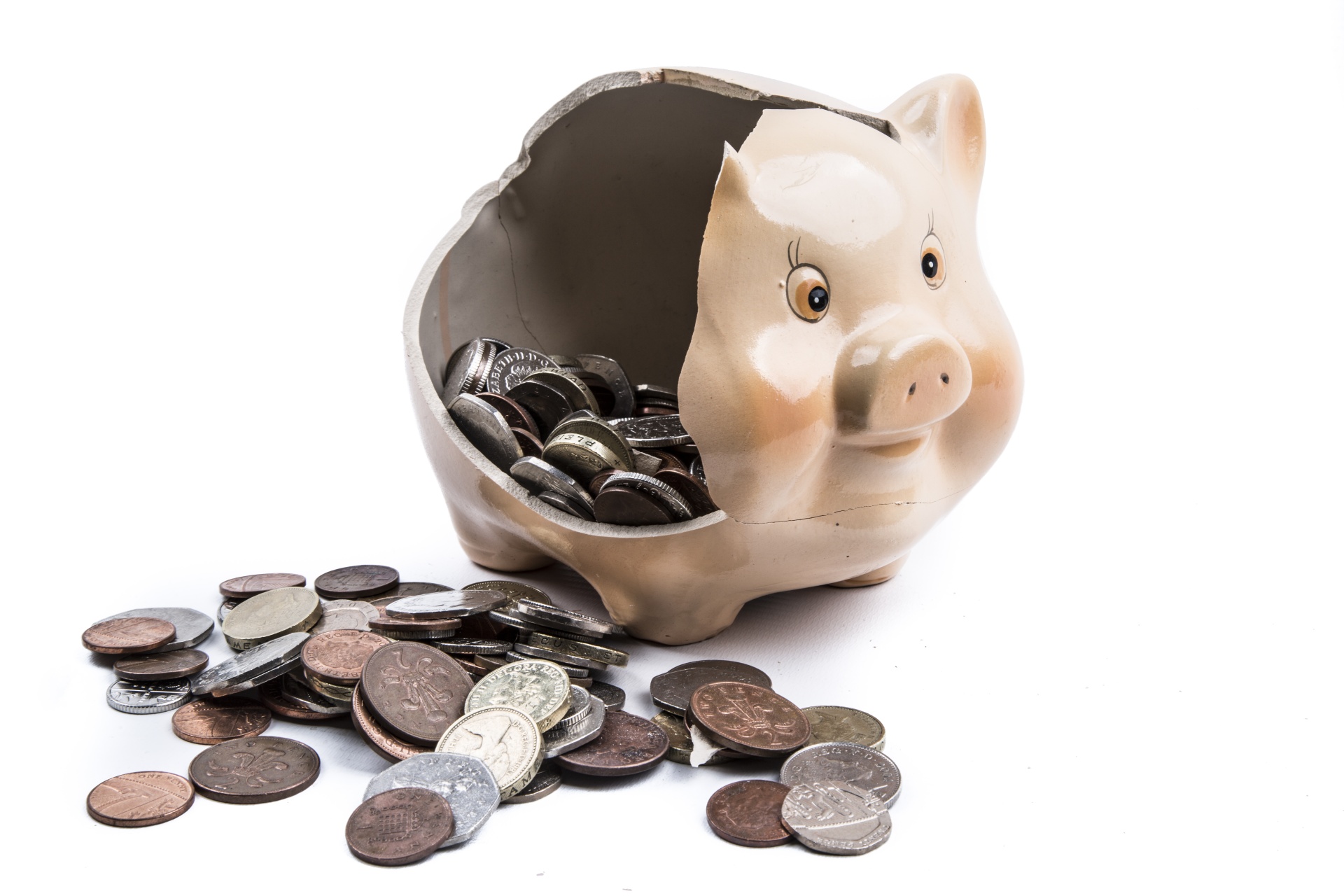
publicdomainpictures.net
While many people are skipping out on health insurance plans–figuring that the tax penalty will be cheaper than premiums–even more people skip out on dental plans:
Many Americans Skip the Dentist Due to Cost
Americans are more likely to skip needed dental care because of cost than any other type of health care, researchers report.
Working-age adults are particularly vulnerable, the study found. Some 13 percent reported forgoing dental care because of cost. That’s nearly double the proportion of seniors and triple the percentage of children for whom cost poses a barrier to dental care, the study showed.
Cost was the main impediment to dental care even for adults with private insurance. “It seems like medical insurance is doing a better job at protecting consumers from financial hardship than dental insurance,” said study author Marko Vujicic. Typically, private dental insurance includes annual maximum benefit limits and significant “coinsurance” — the patient’s share of costs on covered services, Vujicic explained. He is chief economist and vice president of the American Dental Association’s (ADA) Health Policy Institute in Chicago.
. . . Evelyn Ireland, executive director of the National Association of Dental Plans, agreed with the report that avoiding dental care can affect overall health. Fortunately, the percentage of the population citing cost as a reason for not getting dental services has declined steadily since 2010, Ireland said. And in 2014, it was the lowest since 2003, she added.
Colin Bradley is vice president of business development at Winston Benefits Inc., a company that helps employers administer dental benefits. He said employers who offer private dental plans must emphasize the value of those benefits, including preventive services often provided at no out-of-pocket cost.
Read full article here: https://medlineplus.gov/news/fullstory_162394.html
Perhaps this article is correct in saying that dental insurers need to take better care of their consumers, but perhaps the average consumer needs to also spend a little more time researching. There are many ways to pay for preventive dentistry care without breaking the bank:
- Talk with your insurance broker about discounts
- Ask your dentist about financing options
- Look for school-sponsored dental programs for your kids
- Seek help from charitable clinics
- Consider getting an exam and cleaning at a local dental school
Although Americans that shirk their dental check-ups may think they are saving money, the National Association of Dental Plans begs to differ:
Who Has Dental Benefits?
Americans with dental benefits are more likely to go to the dentist, take their children to the dentist, receive restorative care and experience greater overall health, according to the National Association of Dental Plans (NADP) report, The Haves and the Have-Nots: Consumers with and without Dental Benefits.
This report clearly shows that access to dental care is improved with dental benefits and that dental care improves oral health. Given increasing connections between oral and overall health, dental coverage is critical for all Americans. The choice for us as individuals and for our health care system is to pay for dental care now or pay more for medical treatment of dental complications later. (A “Consumer White Paper” based on data from this report can is available from NADP.)
Some 114 million Americans have no dental coverage with 67.7[3] million under 65 years of age. This is about twice the number of medically uninsured that are under 65 years of age. With the opening of the ACA’s federal and state exchanges in 2014, the medically uninsured was reported as 32 million which was down 9 million from 2013. Individuals without dental benefits are more likely to have extractions and dentures and less likely to have restorative care or receive treatment for gum disease. Furthermore, those without dental benefits report higher incidences of other illness; they are
67 percent more likely to have heart disease;
50 percent more likely to have osteoporosis; and
29 percent more likely to have diabetes.They also visit the dentist less frequently—missing the opportunity for prevention and early treatment. Many of them are among the 738,000 Americans annually that end up in emergency rooms for dental treatment. Read more here . . .
While the average American may think that their oral health is separate from other systems, the numbers are clear: poor oral health is tied to an increase in serious illness.
Also, since Americans without dental care are more likely to need extractions for their teeth, they may have to pay enormous amounts of money over the counter for prostheses, implants, and other restorations. If they don’t have that kind of money, they may lose functional abilities for both speaking and eating. Although this kind of damage doesn’t happen overnight, it’s much more affordable to treat issues early on since teeth can still saved.
